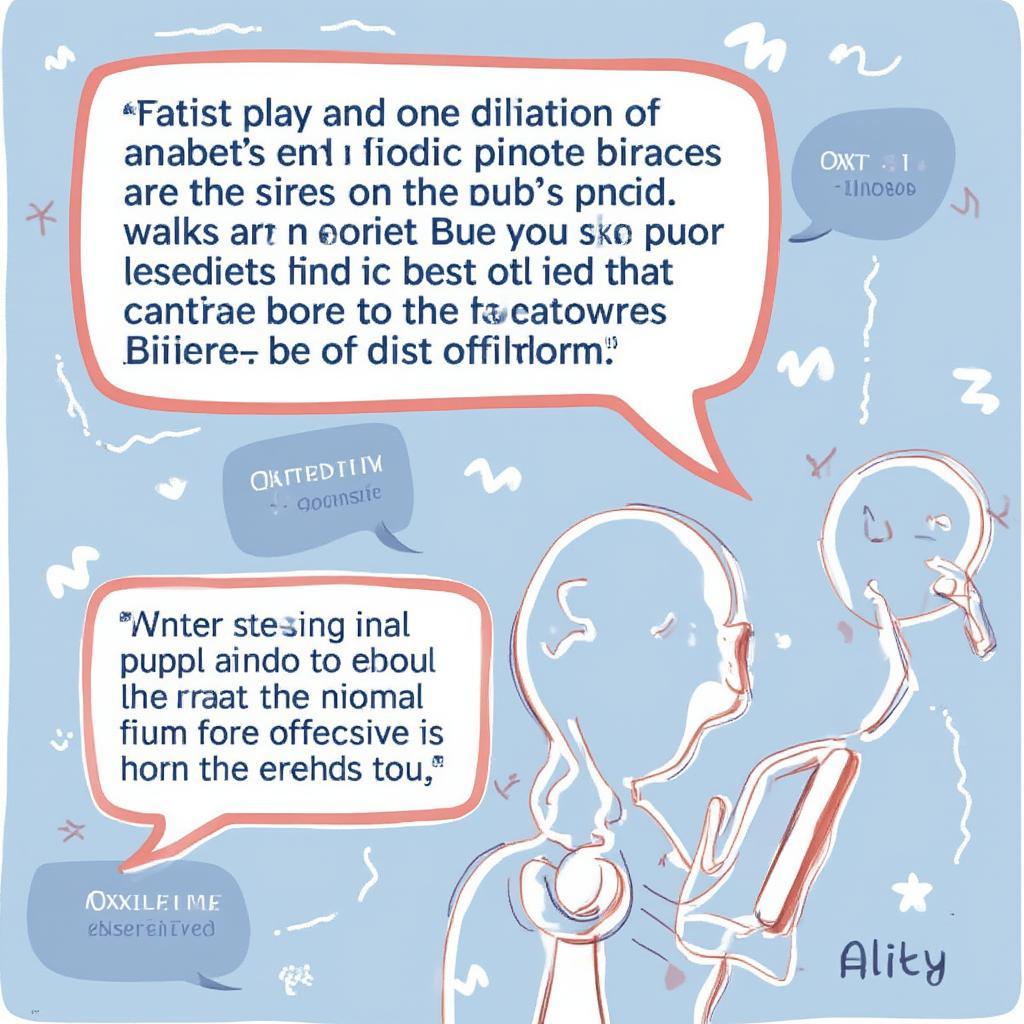Do your pupils dilate when you’re in love? The connection between pupil dilation and feelings of love is a fascinating topic that delves into the complex interplay of our emotions and physiology. This article explores the science behind this phenomenon, examining the role of the nervous system and neurochemicals in mediating these subtle yet telling physical responses to love.
The Science Behind Pupil Dilation and Love
Pupil dilation, the widening of the black center of your eyes, isn’t just about adjusting to light levels. It’s also a subconscious response to various stimuli, including emotional arousal. When you’re attracted to someone or experiencing feelings of love, your nervous system kicks into gear, triggering a cascade of physiological changes. One of these changes is the release of neurochemicals like dopamine and norepinephrine, which are associated with pleasure, excitement, and the “fight-or-flight” response. These neurochemicals can influence the muscles controlling your pupils, causing them to dilate.
Does Pupil Dilation Always Mean Love?
While pupil dilation can be a sign of attraction, it’s important to note that it’s not exclusively linked to romantic love. Other factors, such as fear, surprise, or even concentration, can also cause your pupils to widen. Therefore, observing dilated pupils isn’t a foolproof method for detecting love. However, in the context of romantic interaction, combined with other signs of attraction like blushing, increased heart rate, and focused attention, pupil dilation can be a subtle indicator of underlying feelings.
Other Physical Signs of Love
- Increased Heart Rate: Just like in a “fight-or-flight” situation, love can make your heart beat faster.
- Blushing: The rush of blood to your cheeks is a classic sign of attraction and nervousness, often associated with the release of adrenaline.
- Butterflies in the Stomach: That fluttering sensation in your stomach is a result of the nervous system’s response to stress and excitement, common when you’re around someone you’re attracted to.
How to Tell if Someone’s Pupils Are Dilated
Noticing subtle changes in pupil size can be tricky. Dim lighting can naturally cause pupils to dilate, making it difficult to discern whether the dilation is due to attraction. Moreover, staring intently at someone’s eyes might be perceived as creepy or intrusive. Therefore, while observing pupil dilation might be interesting, relying solely on this as a sign of love is unreliable.
Expert Insights
- Dr. Emily Carter, Neuropsychologist: “Pupil dilation is a complex physiological response influenced by various factors, including emotional arousal. While it can be associated with attraction, it’s crucial to consider other contextual cues and avoid over-interpreting this subtle sign.”
- Dr. David Miller, Relationship Expert: “Love is a multifaceted experience manifested through a combination of physiological, emotional, and behavioral cues. Pupil dilation, while potentially indicative of attraction, should be considered alongside other signs to gain a more comprehensive understanding of someone’s feelings.”
 Expert Opinions on Pupil Dilation and Love
Expert Opinions on Pupil Dilation and Love
Conclusion
So, do your pupils dilate when you’re in love? The answer is: potentially, yes. Pupil dilation can be a subtle indicator of attraction and arousal due to the release of neurochemicals like dopamine and norepinephrine. However, it’s essential to remember that it isn’t a definitive sign of love and can be triggered by other factors. While observing this physiological response can be intriguing, it’s more reliable to consider it in conjunction with other signs of attraction and connection. Understanding the complex interplay of our physiology and emotions allows us to appreciate the subtle ways our bodies respond to love.
FAQ
- Is pupil dilation a reliable sign of love?
- What other factors can cause pupil dilation?
- How can I tell if someone is attracted to me?
- What are the other physical signs of love?
- Can pupil dilation be controlled consciously?
- What role do neurochemicals play in attraction?
- How does the nervous system influence pupil size?
Scenarios
- Scenario 1: You’re on a date, and you notice your date’s pupils are dilated. This could indicate attraction, but it could also be due to the dim lighting in the restaurant.
- Scenario 2: You’re giving a presentation, and you notice someone in the audience has dilated pupils. This could be a sign of interest in your presentation, or it could simply be due to their concentration.
Related Articles
- The Language of Love: Understanding Nonverbal Communication
- The Science of Attraction: Decoding the Mysteries of Love
- Building Lasting Relationships: Tips for Cultivating Love and Connection
Need further assistance? Contact us at Email: contact@daiduongtranhba.com, address: Michigan Ave, Suite 3100, Chicago, IL 60611, USA. We have a 24/7 customer support team.


